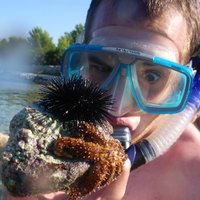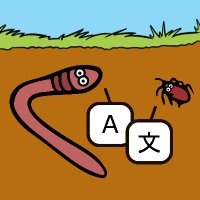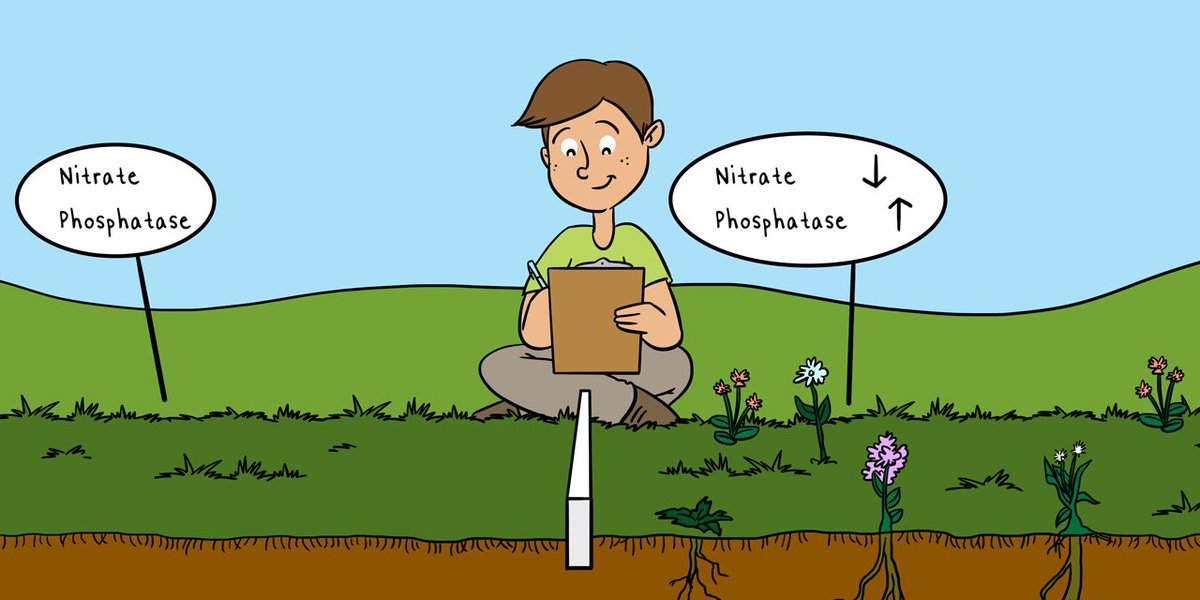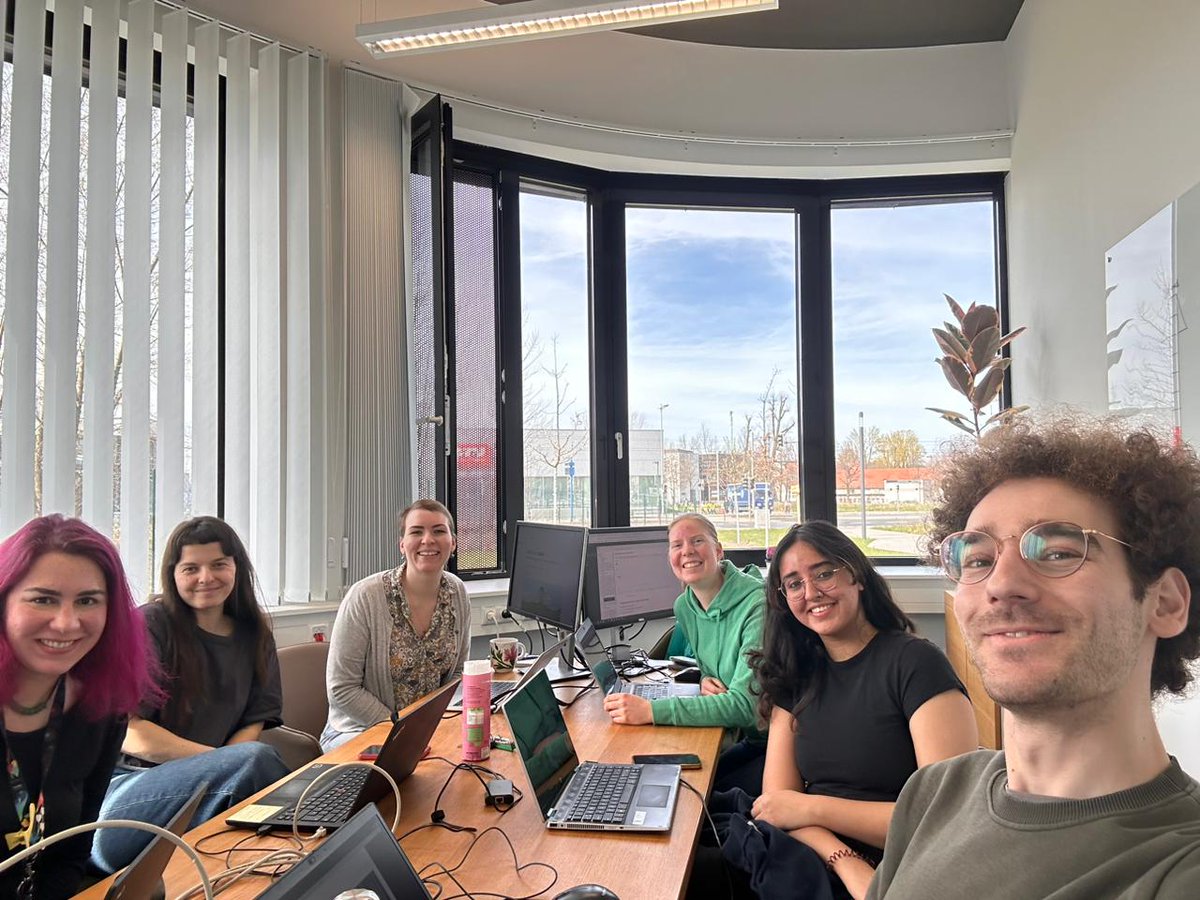
After the last Translating SoilBiodiversity #Soil #Biodiversity formatting day, we have 157 translations 4 #kids published. 8 new: #Portuguese 2️⃣ #Finnish1️⃣ #French 1️⃣ #German1️⃣ #Italian1️⃣ #Croation1️⃣ #Urdu1️⃣ All translations: idiv.de/en/young-minds… Frontiers for Young Minds iDiv Biodiversity Research UNIVERSITÄT LEIPZIG Universität Würzburg #UniWürzburg


Yesterday was Translating SoilBiodiversity formatting day & we have 4 new translations of #soil #biodiversity articles for #kids published: - 1 in #Urdu - 2 in #Croatian - 1 in #Finnish (new language!) idiv.de/en/young-minds… iDiv Biodiversity Research Eisenhauer Lab Universität Würzburg #UniWürzburg UNIVERSITÄT LEIPZIG

Link to the collection iDiv Biodiversity Research: idiv.de/de/young-minds… Link to the English articles Frontiers for Young Minds: kids.frontiersin.org/collections/11…



Another favorite: Elisabeth Bönisch 📃Does plant biodiversity influence nutrient cycles? 🔎Why: Every organism needs nutrients to live - plants, animals & humans. To understand how these nutrients (for example nitrogen and phosphorus) travel through our ecosystems is important...


Link to the full collection iDiv Biodiversity Research : idiv.de/de/young-minds… Link to the original article collection Frontiers for Young Minds : kids.frontiersin.org/collections/11…







#soil #biodiversity iDiv Biodiversity Research Frontiers for Young Minds Elisabeth Bönisch Romy Zeiss Malte Jochum Link to the article collection: idiv.de/de/young-minds…


Link to the article: idiv.de/de/young-minds… Link to the full collection iDiv Biodiversity Research : idiv.de/de/young-minds… Link to the English articles Frontiers for Young Minds : kids.frontiersin.org/collections/11…



![Translating SoilBiodiversity (@soilbio_comm) on Twitter photo Nearly all plants on Earth form a symbiosis with mycorrhizal fungi. Mycorrhizal fungi grow into large networks of tubular cells, known as mycelium, that forage for nutrients in the soil and exchange them with their plant partners. [5/6] Nearly all plants on Earth form a symbiosis with mycorrhizal fungi. Mycorrhizal fungi grow into large networks of tubular cells, known as mycelium, that forage for nutrients in the soil and exchange them with their plant partners. [5/6]](https://pbs.twimg.com/media/GKJXy8QWcAAZLAP.jpg)
![Translating SoilBiodiversity (@soilbio_comm) on Twitter photo This is how the belowground friendship can look like! In the picture you see the fungus Lactarius camphoratus that forms a white sheath around the roots of an oak tree 🌳. [3/6] This is how the belowground friendship can look like! In the picture you see the fungus Lactarius camphoratus that forms a white sheath around the roots of an oak tree 🌳. [3/6]](https://pbs.twimg.com/media/GKJXYxkXsAAM-Sr.jpg)
![Translating SoilBiodiversity (@soilbio_comm) on Twitter photo More favorites! From Amelie:
📃 The Soil Fungi: A Web of Life That Protects Trees and Fight Climate Change
🔎 Why: This article not only shows how cool fungi are but also nicely illustrates a secret friendship happening underground! [1/6] More favorites! From Amelie:
📃 The Soil Fungi: A Web of Life That Protects Trees and Fight Climate Change
🔎 Why: This article not only shows how cool fungi are but also nicely illustrates a secret friendship happening underground! [1/6]](https://pbs.twimg.com/media/GKJW3O6WoAAvD4w.jpg)
